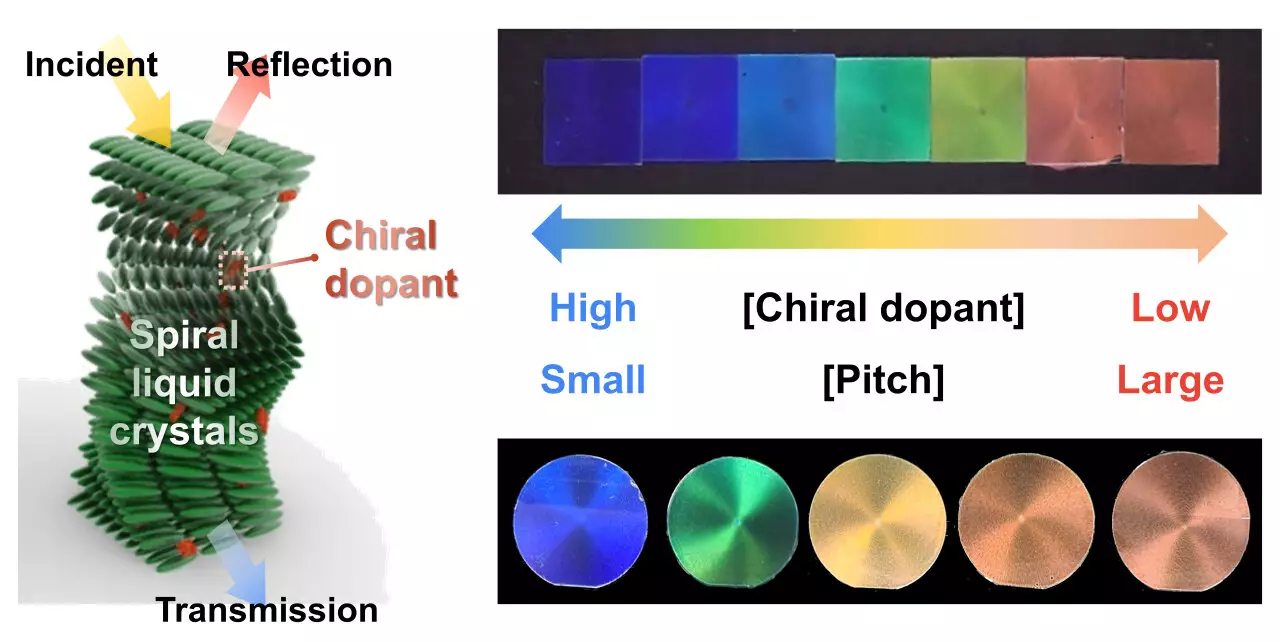In a groundbreaking study conducted by Dr. Jin Gu, Kang and his team at the Nanophotonics Research Center at the Korea Institute of Science and Technology (KIST), a colorful radiation-cooling liquid crystal material has been developed. This material has the exceptional ability to cool without the need for external power while also emitting vibrant colors, making it a remarkable advancement in the field of radiative cooling technology.
Radiative cooling is a form of cooling technology that operates without the utilization of external power sources. Instead, it releases infrared radiation as heat through the atmospheric window to effectively reduce temperatures. This eco-friendly cooling method is seen as a potential alternative to energy-intensive air conditioners, making it a highly sought-after solution for sustainable cooling needs.
Traditionally, radiative cooling materials designed for daytime use are colored white to minimize sunlight absorption and enhance cooling efficiency. However, the drawback of these white materials is their limitation in terms of aesthetics, making them unsuitable for use in buildings or vehicles that require visually appealing designs. This has led to a growing interest in the development of colored radiative cooling materials that can balance cooling efficiency with aesthetic appeal.
In addressing the challenges faced by previous colored radiative cooling materials, Dr. Jin Gu, Kang and his team devised a solution by fabricating bent spiral liquid crystal photonic crystals. By utilizing a commercial liquid crystal (LC242) that forms colored photonic crystals through a spiral alignment structure, the team achieved vivid colors that were not dependent on viewing angles. This breakthrough allowed for the production of colored radiation-cooling liquid crystal material with exceptional cooling performance and aesthetic versatility.
The colored radiation-cooling liquid crystal material developed in this study has significant implications for various applications, including the reduction of air conditioning consumption in buildings and vehicles where aesthetics are essential. Additionally, this innovative material can provide power-free cooling solutions for outdoor leisure items and military tents. With its ability to be rapidly fabricated using a cost-effective spin coating process, this material represents a practical and efficient solution for cooling needs.
The development of colored radiation-cooling liquid crystal material represents a significant advancement in the field of radiative cooling technology. Through innovative research and groundbreaking solutions, Dr. Jin Gu, Kang and his team have paved the way for the future of energy-efficient cooling solutions with aesthetic appeal.



Leave a Reply